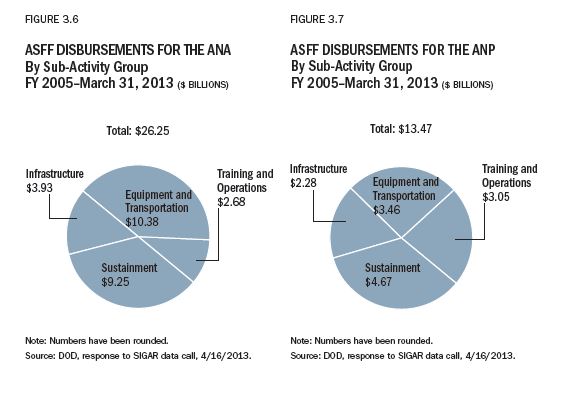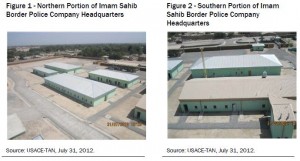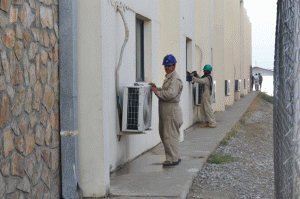Dunford Once Again Shows Complete Lack of Budget Awareness
When we last heard from General Joseph (We Are Winning in Afghanistan, We Really Are!) Dunford, he was showing total incompetence in terms of budget awareness in front of the Senate Armed Services Committee. Defense Secretary Chuck Hagel had announced on March 28 that DoD was $7 billion over budget in Afghanistan. By the time Dunford was asked about the over-budget situation during the hearing on April 16, Mike Lee stated that the overage had grown to $10 billion. Despite being in charge of US and NATO troops in Afghanistan, Dunford professed complete ignorance of the over-budget situation. That is a stunning lack of situational awareness for someone who is supposed to be in charge. After bumbling on a bit, Dunford did promise to eventually get back to Lee on the budget issue.
It would appear that even if he has gone back and looked over his own money management failures, Dunford has looked no further than the DoD budget. The New York Times posted a story yesterday based on an interview with him, and Dunford made another statement that is mind-boggling in terms of its lack of awareness of budget realities for the region. Recall that back in February, NATO defense ministers proposed that instead of allowing Afghan National Security Forces to drop by about a third after the end of 2014, the full force size of “352,000” (that’s in quotes because I think the SIGAR audit is going to finally destroy the 352,000 force size myth) should be maintained through at least 2018. My response to this suggestion was that it appeared to be a $22 billion bribe being offered to Afghan authorities in return for their agreeing to a Status of Forces Agreement that would grant criminal immunity to US forces remaining after the end of the official NATO mission at the end of 2014.
In the interview with the Times, Dunford continued his previous agreement with the concept of extending the time frame for the larger ANSF force size, but then made a suggestion that is stunningly stupid regarding how the extended force size should be funded:
He has concluded as well that plans to reduce the number of Afghan security forces — the army and police combined — to 228,000 after 2015 from the current target level of 352,000 are not realistic, given the threats in the country. “The consensus now both from the Afghans and certainly from us is that we ought to sustain that for some period time to come,” said General Dunford, referring to the 352,000 head count.
What is less clear is how such a force could be paid for. The international community, led by the United States, has agreed to pay roughly $4.1 billion in aid per year for the Afghan security forces after 2014, based on estimates of what a smaller Afghan security contingent would cost. If the Afghans want to keep a larger force, they will either have to field a cheaper army and police force or come up with more money themselves to pay for it. General Dunford suggested that the Afghans could economize, although he did not give examples of where they might find the savings.
That’s right. A totally dysfunctional, stunningly corrupt government should just somehow “economize” and find an additional $22 billion to fund a mythically large defense force.
Oh, and just like his own war effort in Afghanistan that has been mis-managed into a huge budget deficit, if Dunford only read the New York Times, he would be aware that the IMF has found Afghanistan’s government to be facing a serious budget shortfall:
The Afghan government is supposed to cover less than half its own bills this year, yet achieving even that modest goal is proving an unexpected challenge, Afghan and Western officials said.
A confidential assessment of Afghan finances by the International Monetary Fund said the potentially severe cash crunch was caused by widespread tax evasion abetted by government officials, the increasing theft of customs revenues by provincial governors and softening economic growth.
The I.M.F. assessment, which has not been publicly released but was described by American and European diplomats who were recently briefed on its findings, estimated that Afghan revenue in the first quarter of the year was roughly 20 percent to 30 percent short of an informal target the fund had set for the government.
Yeah, sure. With revenues already 20 to 30 percent short of projections, that’s a government that can just poke around a bit and find another $22 billion in the SOFA.




